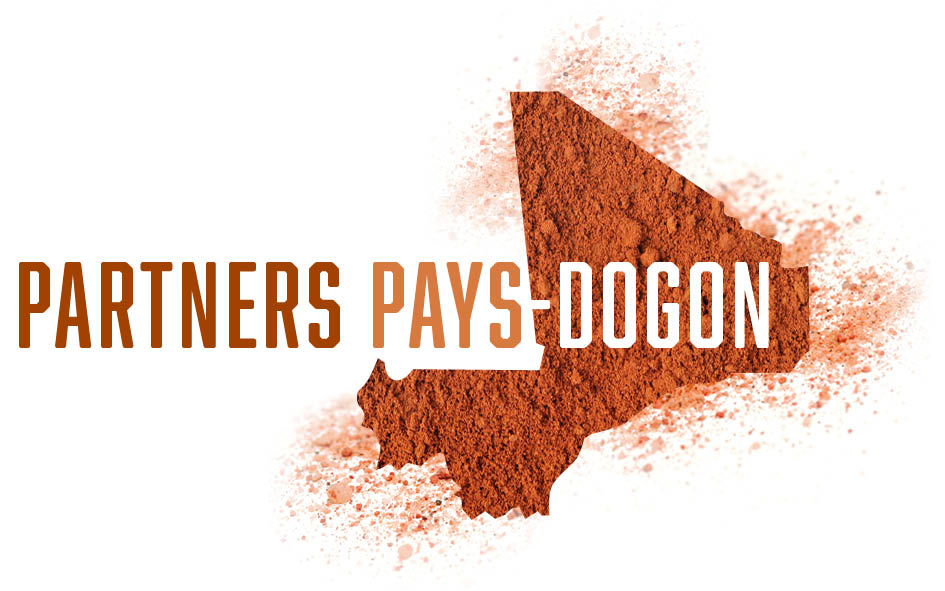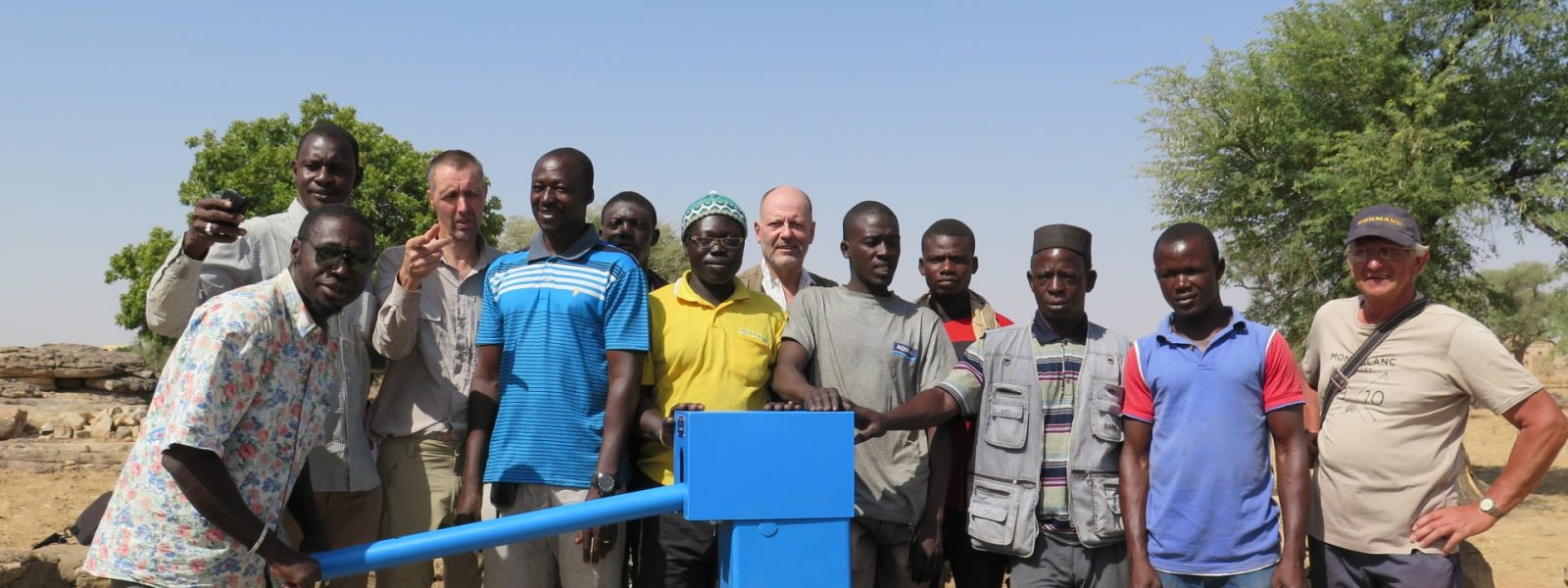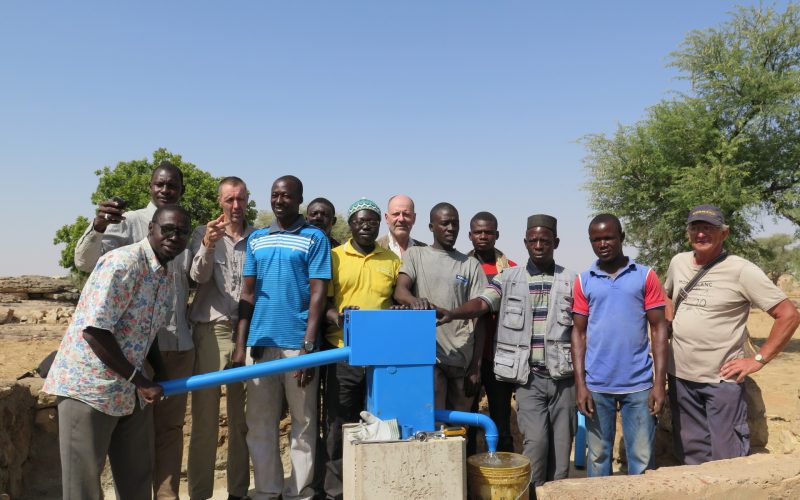 Read more about the project: Pompe Bleue Mali
Read more about the project: Pompe Bleue Mali
Maiga, the director of Bandiagara’s waterworks company, had a front row seat when 6 young men installed the first Blue Pump in Mali. The six men had been trained by Youssouf from Burkina Faso, who taught them all the Blue Pump techniques. All six of them were as impressed with the pump’s quality as Maiga was. The Blue Pump is indeed very impressive. Paul van Beers at FairWater worked on it for 20 years. He was unsatisfied with the existing pumps and started innovating, improving and evolving until the Blue Pump became the end result of his endeavors. It is an extremely reliable, Dutch product.
As part of the concept that we developed, we will not donate the pump but sell it to the villages. They will be able to purchase it for the reduced prize of 2000 euros. ‘Impossible’ is what many will say; ‘possible’ is what we say. Maiga, who is aware of all the problems with the existing pumps, can only say ‘formidable!’.
The fact that the villages buy the pumps has a large impact on its upkeep. The village will seriously overthink its purchase and once they own a pump, the village will feel responsible for preserving it well. The pump can be paid off with the revenue from water sales, which will cost about 1,5 cent per 20 liters. Even if it takes the village 4 or 5 years to pay off the pump, there will be considerable earnings which may lead to purchasing a second pump or other social projects. Hence, the profits solely benefit the village.
During our visit to the Dogon area in December we learned that the people are most enthusiastic about the maintenance contract and the 10-year guarantee that is provided with the pump. Currently villages are losing a lot of money on maintenance on old pumps, and these broken pumps are a huge cause for concern and bother in the villages.
The six men that installed the first pump are also the ones responsible for future upkeep. At the technical school that ADI/SDO are building in Sangha, there will be separate education about pump technicalities. Due to this, small businesses may be formed that specialize in the installment and maintenance of Blue Pumps. The more pumps, the more water security and the more employment. Employment may actually decrease on the short term as the old pumps needed a lot more maintenance than the Blue Pumps. We tend to look for a more long-term solution and the Blue Pump will contribute to this.
After the first experiences with the Blue Pump, we noticed that there was surprisingly large interest in the pump, as well our concept of selling and maintaining. Not only the villagers showed interest but also waterworks companies and other NGO’s. We felt very optimistic, as if we were going to submerge Mali in a Blue Wave. That was until we spoke with the director of the national waterworks company in Bamako. He told us that Mali has chosen three types of pumps that can be installed in the country, in order to prevent difficulties in maintenance. Apparently every three weeks someone comes with a new plan for a pump and we were now one of them. This was a big disappointment but also a new challenge for us to convince Bamako of the Blue Pump’s innovative and reliable qualities.






Link naar fotoalbum over de Pompe Bleue Mali


